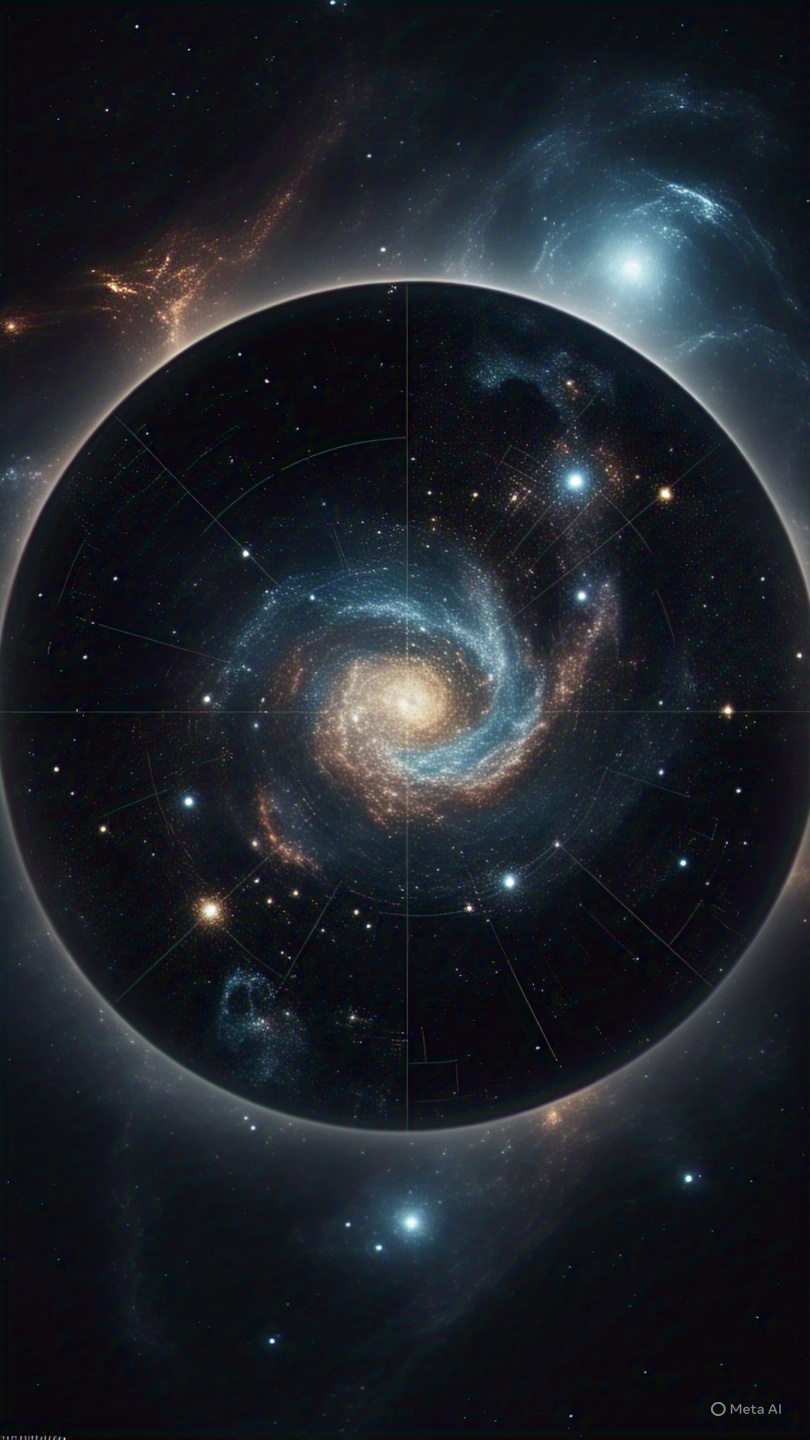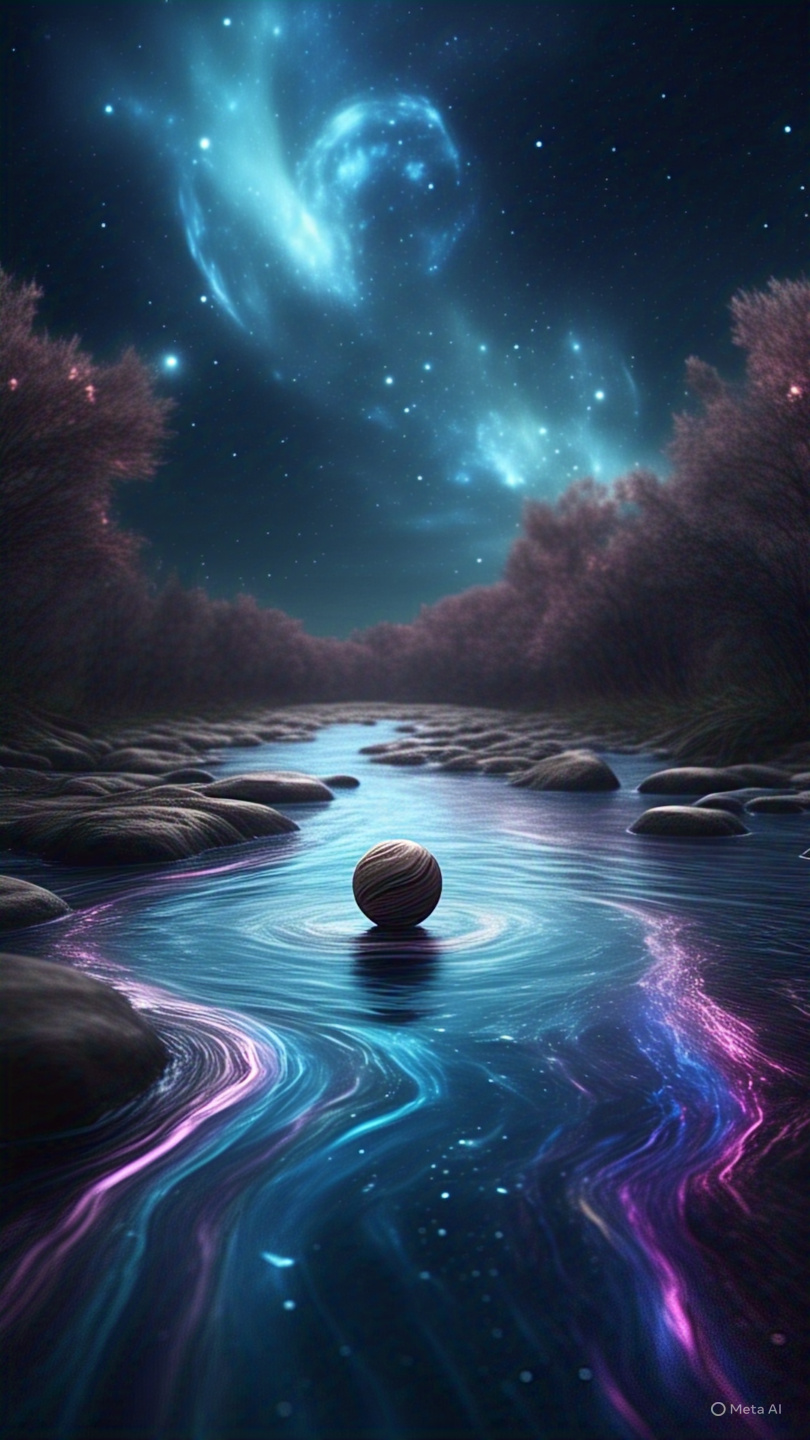 Imagine a small wooden ball, bobbing gently in a vast, endless river. Carried along by the current, it has no knowledge of where the river begins or where it ends. It simply exists—floating, turning, surrendering to the flow.
Imagine a small wooden ball, bobbing gently in a vast, endless river. Carried along by the current, it has no knowledge of where the river begins or where it ends. It simply exists—floating, turning, surrendering to the flow.
Now, imagine that wooden ball is us—our galaxies, our planets, our very consciousness. And the river? That, perhaps, is the universe itself.
Unseen Shores: The Limits of Our Understanding
Science, in its tireless pursuit of truth, has revealed just how little we truly know. So far, we’ve managed to understand and map only about 5% of the universe’s makeup. The remaining 95%, categorized as dark matter and dark energy, remains veiled in mystery.
Are we truly mapping the cosmos—or merely outlining the edges of our current perception? Perhaps our instruments, no matter how advanced, are still just tiny lanterns in a boundless night.
A River Without Edges
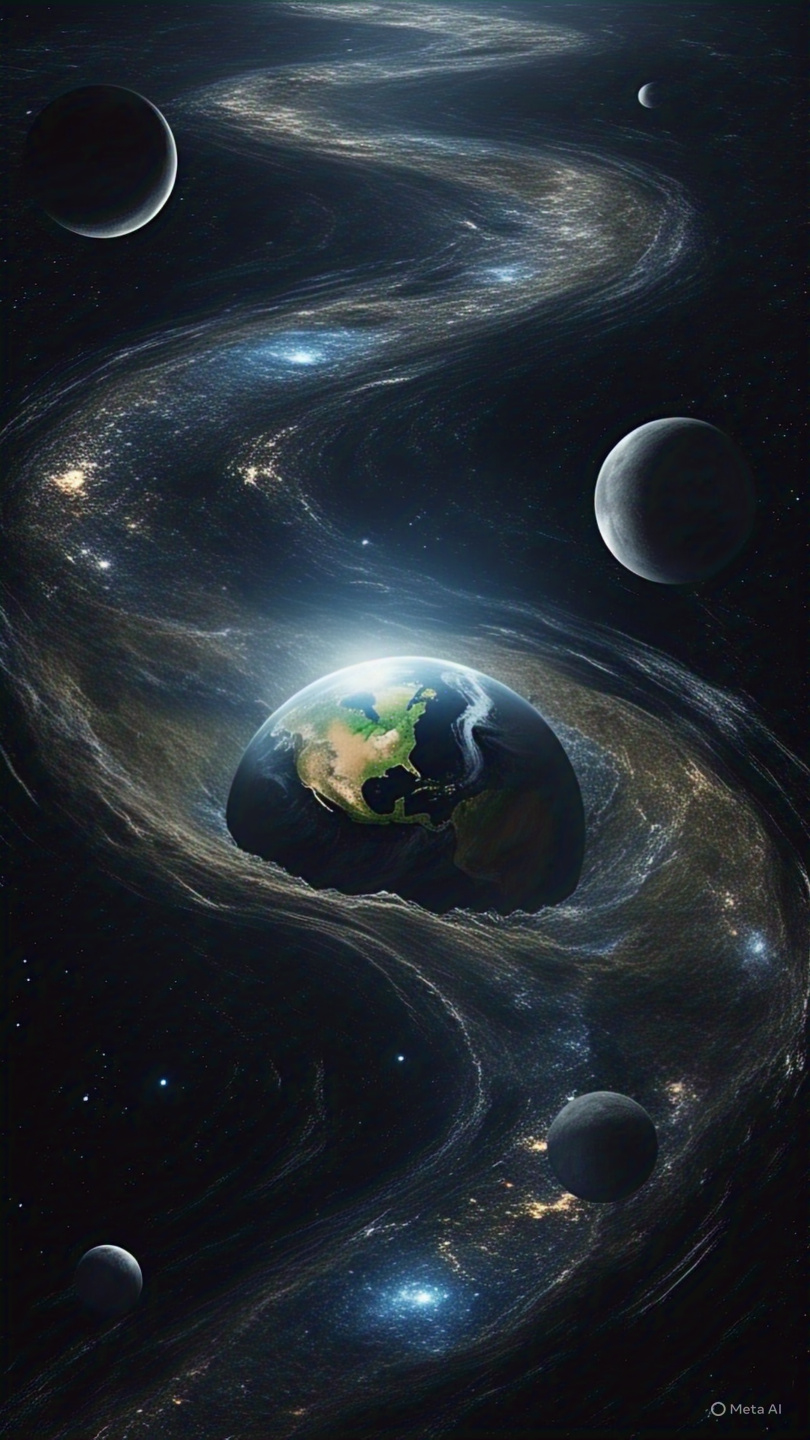 What if this cosmic river has no banks? What if it doesn’t flow within a container, but is the container?
What if this cosmic river has no banks? What if it doesn’t flow within a container, but is the container?
Think about Earth and its oceans. We often say Earth has oceans, but maybe the oceans have Earth. The land, after all, floats on a body far older and deeper than itself. In the same way, maybe the universe doesn’t just hold us—we might be an expression of it, eddies within its ever-moving currents.
This reframing turns the question from “What is out there?” to “What are we within?” The universe’s expansion may not be into something else—but the unfolding of itself, like ink diffusing into water, revealing its nature over time.
The Cosmic Egg: Rethinking the Big Bang
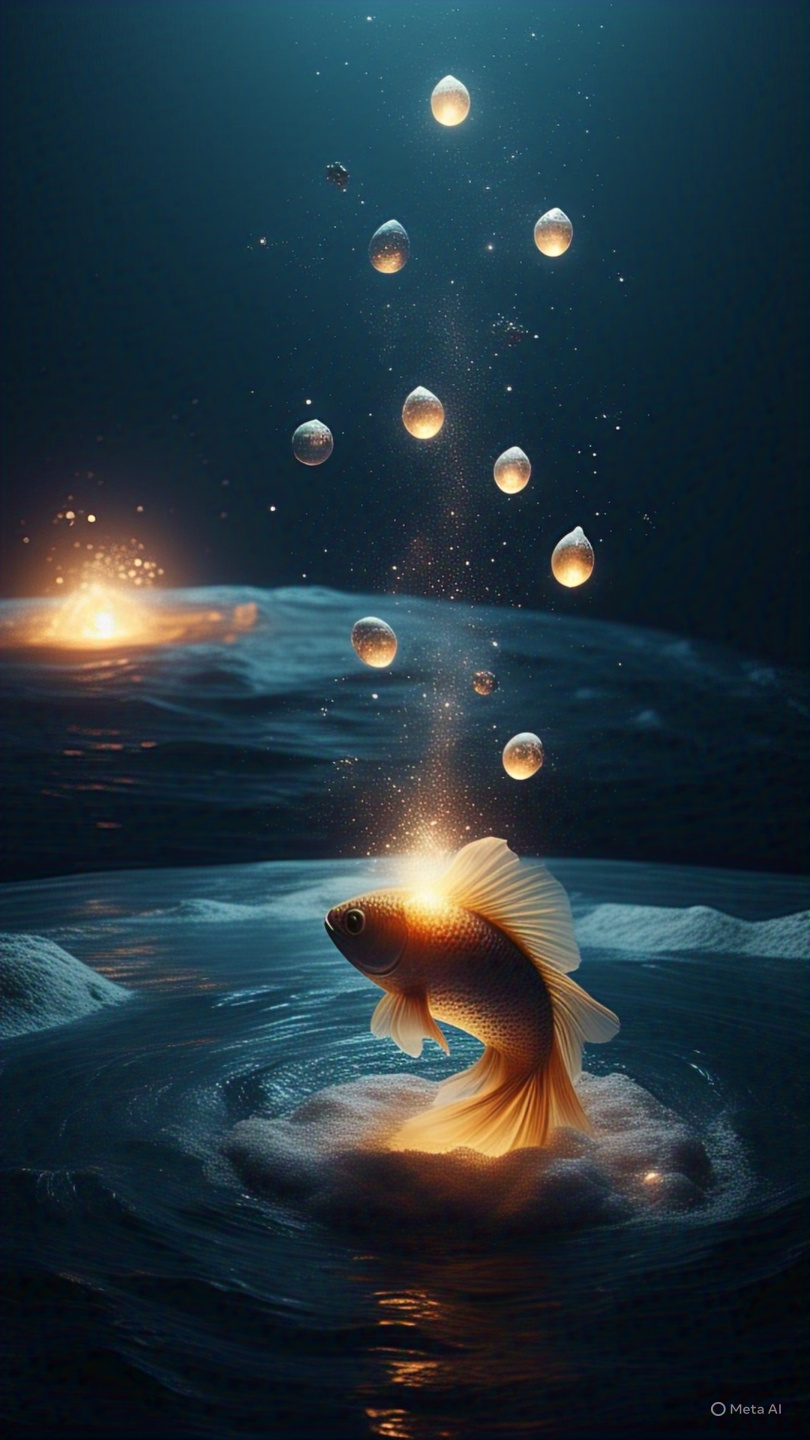 The Big Bang is often described as the beginning of everything—but what if it was just a beginning?
The Big Bang is often described as the beginning of everything—but what if it was just a beginning?
Imagine a fish releasing thousands of eggs into a wide ocean, each drifting into different currents. Perhaps our Big Bang was one such egg—a single event in an even older and grander cycle of creation.
Theories like the cyclic universe, quantum bounce, and eternal inflation suggest that what we call “the beginning” may actually be one ripple in an ocean of many beginnings. We may live inside one of countless “bubble universes,” each flowing along its own infinite river, unaware of the others.
Climbing the Ladder of Knowing
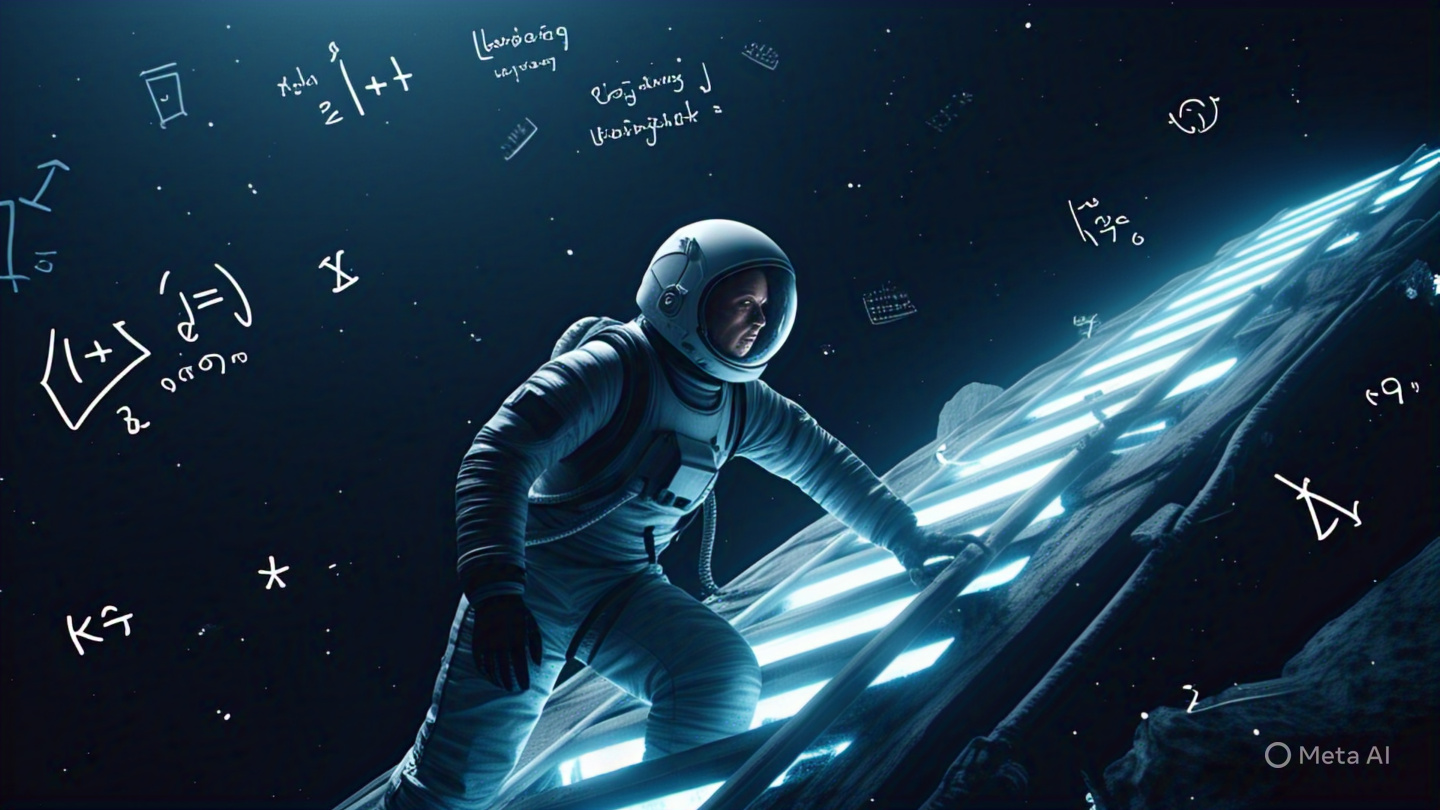 Our scientific journey resembles climbing a ladder in the dark. Each step upward illuminates only the next one. The summit remains invisible, perhaps unreachable—but the climb is the point.
Our scientific journey resembles climbing a ladder in the dark. Each step upward illuminates only the next one. The summit remains invisible, perhaps unreachable—but the climb is the point.
With every discovery—a distant galaxy, a new elementary particle, an unexpected cosmic pattern—we are not just learning about the universe. We are discovering ourselves. As Carl Sagan once said, “We are made of star stuff.” We are the universe, curious about its own existence. We are the ball and the river, the observer and the observed.
The Ocean Within and Beyond
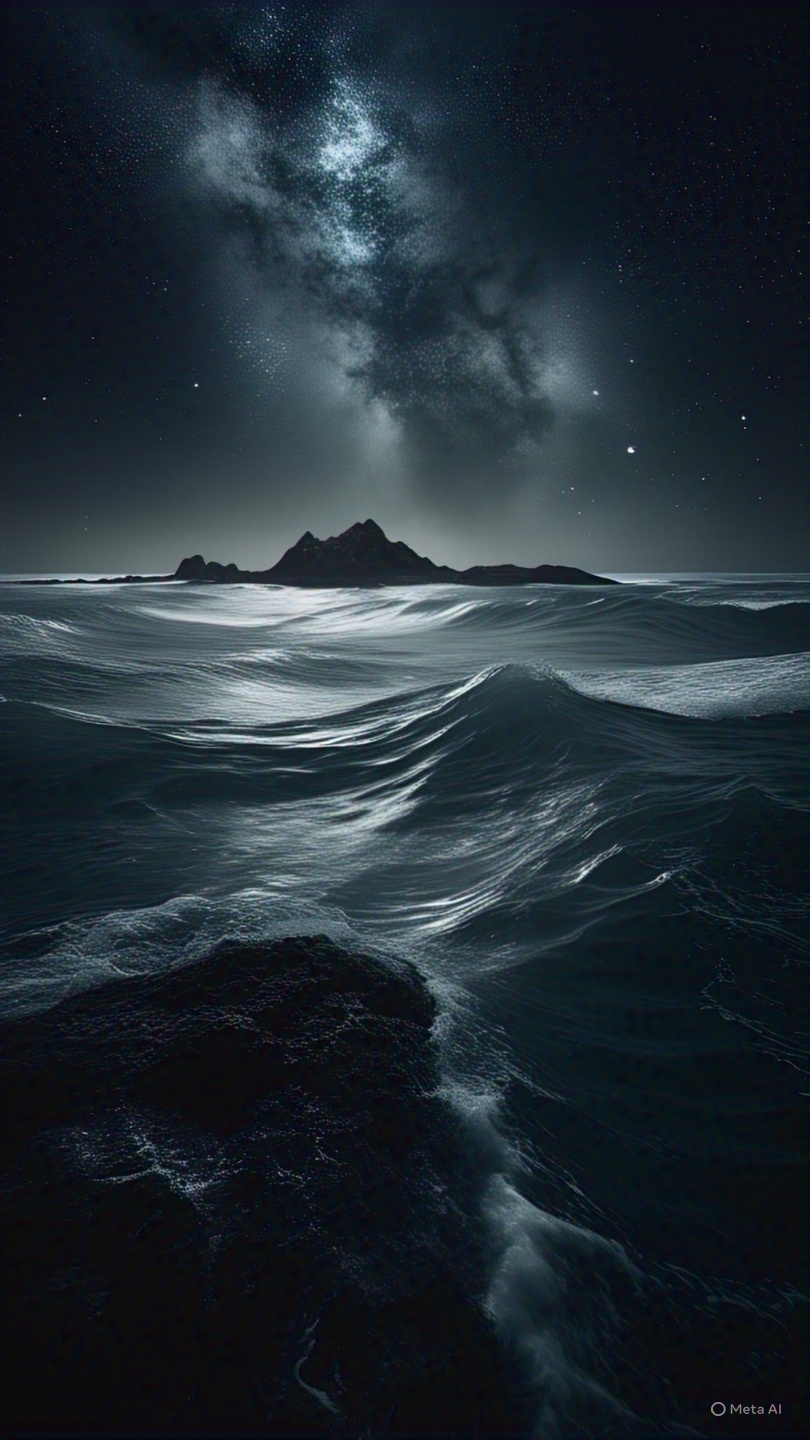 Just as Earth’s oceans remain largely unexplored, the universe’s depths elude us. We often think of land as the foundation and the sea as something secondary. But in truth, the ocean is more ancient, more vast, more essential.
Just as Earth’s oceans remain largely unexplored, the universe’s depths elude us. We often think of land as the foundation and the sea as something secondary. But in truth, the ocean is more ancient, more vast, more essential.
Likewise, we treat the visible universe as the “real” one—but it may only be the land peeking above the waterline. The rest, whether we call it dark energy, quantum fields, or consciousness itself, might be the true expanse.
Maybe the universe isn’t something we are simply inside of. Perhaps it’s something that flows through us, shaping us, connecting every atom to every star.
Final Reflection: Drifting Into Wonder
What if there is no edge to this river? No shore to reach. No final answer to grasp.
Maybe our purpose is not to conquer the unknown, but to float within it—to wonder, to imagine, to question. To feel the current. To notice the stars reflected on its surface.
And in doing so, we may come to realize:
The mystery may not lie beyond the stars, but within our own willingness to drift—to surrender—and to never stop exploring the infinite possibilities that lie within.

